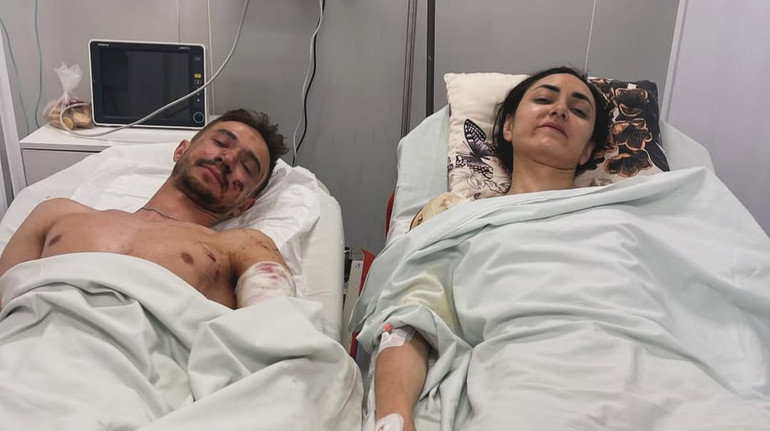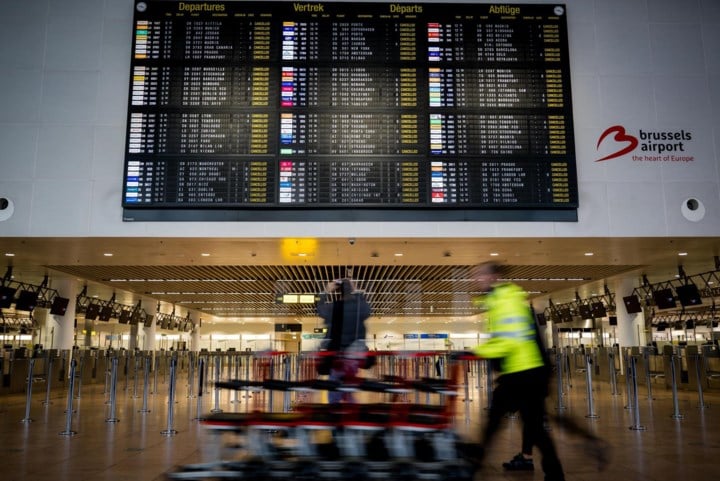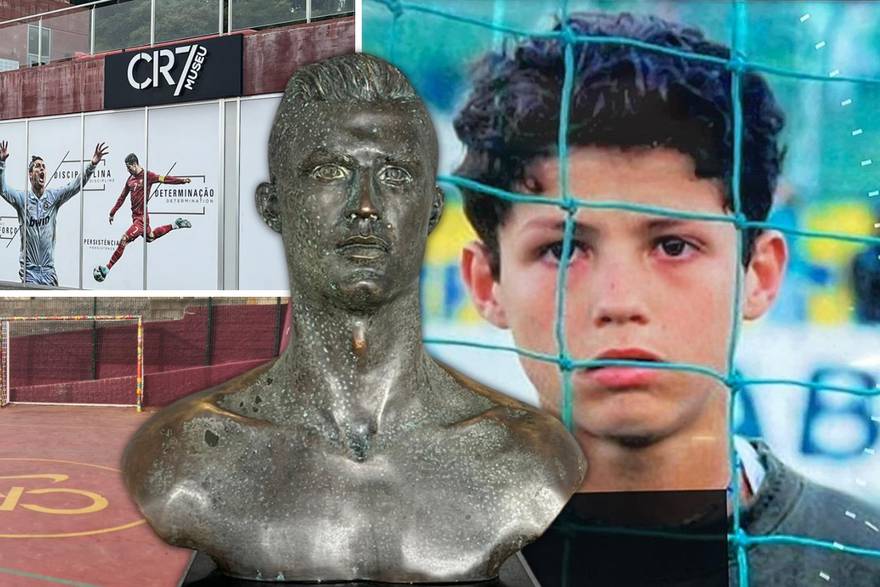Eindhoven is the new landlord of Brainport, where students and drivers eat a sandwich together

It is four years ago that economics holder Stijn Steenbakkers (CDA) with a fan of football club Arsenal looked at a match in the Philips Stadium. If you consider selling BIC, he told the fan and campus owner Raphaël Noé, think of us – the municipality of Eindhoven.
BIC stands for Brainport Industries Campus, currently synonymous for one green-yellow striped building with a surface of 105 hectares. It is located next to the A2, a few hundred meters from Eindhoven Airport. Since 2019, students, researchers and fifty companies, good for 2,500 jobs, have moved into the building. The companies are obliged to take out provisions such as electricity together and to arrange their logistics together.
On BIC, under one roof, the entire supply chain has the high -tech industry that, with ASML first, ensures enormous economic growth in the Eindhoven region. During a tour of ‘the factory of the future’, as Steenbakkers calls it, pass Clean Roomsmachines that develop revolutionary batteries with a longer lifespan and robots that should help sort eggs, pack packages and cuts plants. Almost nobody on campus has smear on his hands, the machines do the work. According to Steenbakkers, with ‘key technologies’ such as robotics and photonics, or transferring information through light, will be earned the money in the coming decades.
It is the first time that Steenbakkers walks around on campus as a representative of the new landlord. Last Wednesday, the British investment fund Capreon, from Noé, transferred the shares to the municipality of Eindhoven, which took over the site after almost unanimous approval from the city council. An exceptional step for a government, following the port of Rotterdam (possession of the municipality and state) and airline KLM (in which the state has shares).
How much Eindhoven pays for the campus is still unknown. In 2019, the year in which the first companies on campus settled, Capreon reportedly bought the shares for 135 million euros. The municipality of Eindhoven dares to take the risk of inflation and possible trade wars or export restrictions and expects to be able to invest the rental income in the city.
Neighbors
As a landlord, the municipality also determines who is welcome on campus. Students and companies work together as neighbors in the yellow-green striped building. Everyone can walk in anywhere, except at the ASML training institute and the space of Facebook owner Meta, because they do not want to share information about their production process. Students from Avans and Fontys must be able to eat a sandwich in the Open Hall with companies of companies. In ten, twenty or thirty years, Steenbakkers says, here must be discussed about ‘BSML or CSML’, a company that, following ASML, grew spectacularly.
During the tour, Steenbakkers beat the window of a room. He greets the former director of a large supplier of ASML, who gives students an introduction to the high -tech industry. MBO students in particular can be found on the campus, who, according to the municipality of Eindhoven, have to fill around sixty percent of the expected 72,000 extra jobs in the Brainport region around Eindhoven until 2040. That growth is therefore not only dependent on the arrival of expats, the alderman emphasizes.
Brabant lobby
Steenbakkers was involved in the Brabant lobby last year to keep ASML in the Netherlands. The world leader in the production of chip machines threatened with departure if the company could not expand within the national borders. The cabinet responded by promising 2.5 billion euros at the Eindhoven region under the name Operation Beethoven. The result was that ASML chose to expand, seven kilometers from his site in Veldhoven, on BIC in Eindhoven. On the campus in the northwest of the city, twenty thousand extra jobs must be for ASML in five years.
Also by buying the campus part that is already in operation, the municipality of Eindhoven influences the full future campus. On the grounds of the municipality, the construction of the second campus part starts this year, which is leased and is more than twice as large as the yellow-green building. This is followed by, also on municipal land, the expansion of tenant ASML. It will then be up to ten times as large as is now.

With that, BIC must become the big brother of the more famous High Tech Campus (HTC). It is known as the smartest square kilometers in Europe, because of the technological innovations that arise there. Philips, ASML, Intel and Chipmaker NXP, among others, have a branch there. Four years ago, then mayor John Jorritsma of Eindhoven was furious that the HTC fell into the hands of the Singaporean state fund GIC. The fear was that Singapore would pass on strategic technological information to China. The new VIFO law came into effect in the aftermath of the controversial takeover, which requires better screening of buyers of such campuses.
In the case of BIC, the municipality has succeeded in keeping the campus out of foreign hands. « It is not smart if patent tent are just visible, » says Steenbakkers, who sees the municipality as « keeper » of such technological infrastructure. « These types of campuses are very important for the future, for our children and grandchildren. We want to have control over that, especially in view of the current geopolitical developments. Look at Trump, at China. Where is Europe? I think Europe and the Netherlands have been naive for a long time. »

:format(webp)/s3/static.nrc.nl/bvhw/files/2019/08/web-1708zatwongjpg.jpg)
:format(webp)/s3/static.nrc.nl/images/gn4/stripped/data132512191-bf7b93.jpg)
/s3/static.nrc.nl/images/gn4/data133305174-ec8c91.jpg)




